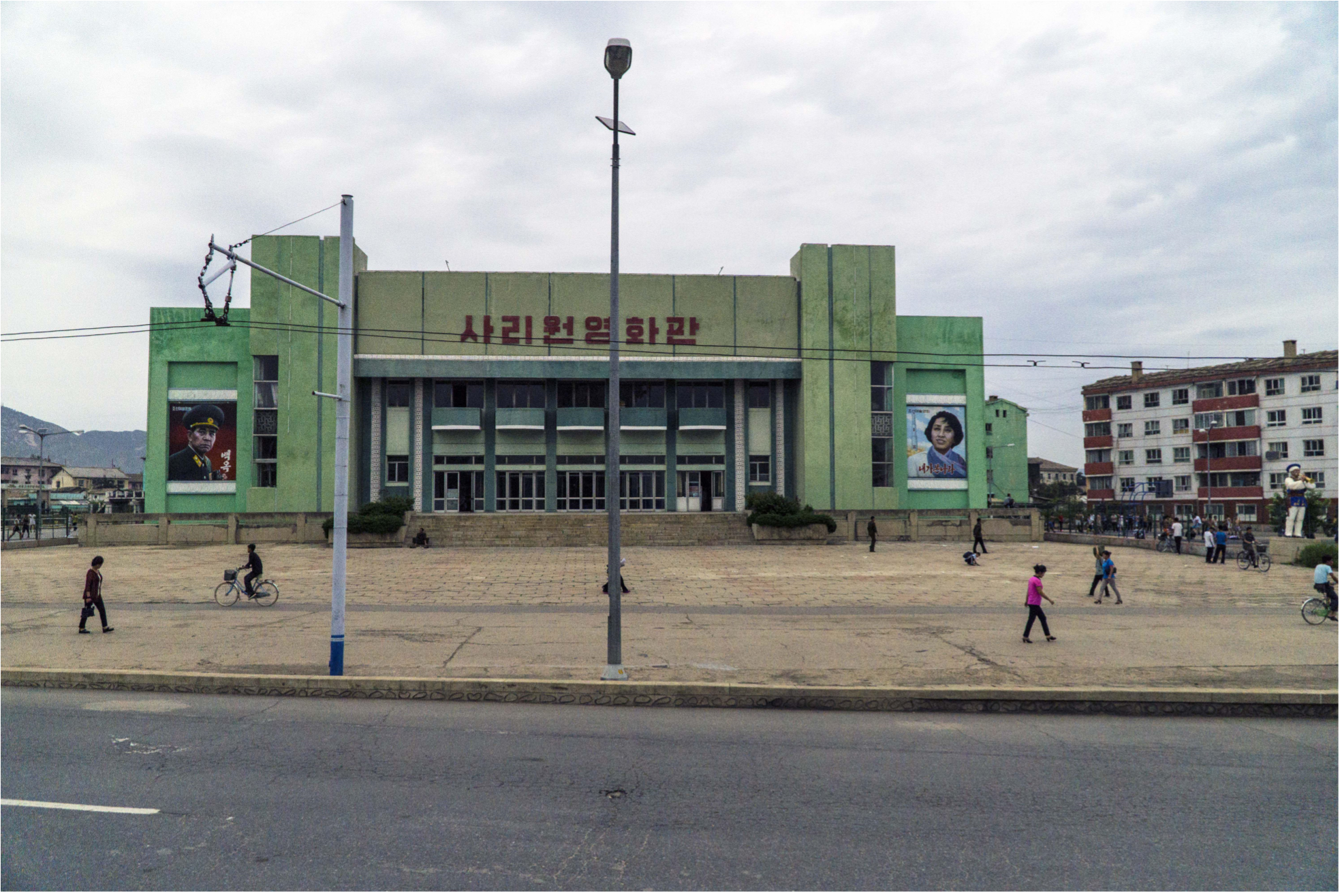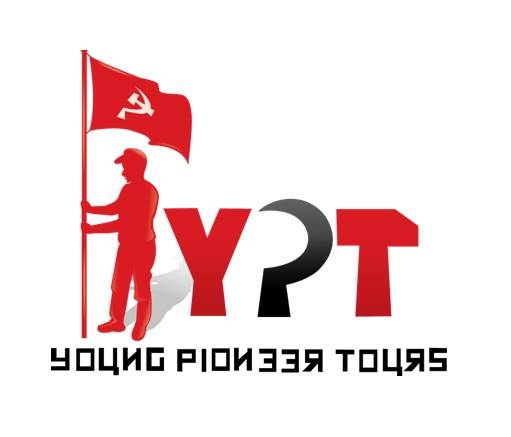PART TWO: WITH THE CENTURY
“THEMES SHOULD BE TREATED IN SUCH A WAY AS TO ENHANCE THEIR POLITICAL IMPORTANCE.” – KIM JONG IL, ON THE ART OF CINEMA, 1973
While the themes found in Western cinema often change with the tastes of audiences to enhance marketability and, thus, profitability, North Korea’s cinematic themes – not unlike other communist and socialist states – have changed based on the policies being championed by the state.
Contrary to popular belief, Korean filmmakers are encouraged to watch foreign films, albeit from a carefully curated list. They are not, however, supposed to be influenced by themes considered ideologically unfit. “Any feature film that contributes to people’s lives is good, but those that do not represent the ideals of the people, such as those that talk about robbery or despair, are not accepted,” Korean Film Studio administrator Ri Jong Duk once told a reporter. Some foreign titles that I have heard referenced by North Koreans are Gone With The Wind, Titanic (the film’s theme is a popular karaoke number for Koreans who refer to it simply as “Titanic” rather than “My Heart Will Go On”), Braveheart, Rocky, Goldeneye and – strangely – Big Daddy starring Adam Sandler.
According to journalist James Bell, Jang In Hok, director of 2006’s A Schoolgirl’s Diary, told him in an interview that in 2007 Kim Jong Il put all of the North Korea’s film directors on an eight month hiatus and sequestered them in a hotel. Their assignment was to watch 250 films selected by Kim Jong Il, who is said to have had a collection of 20,000 foreign films. According to director Shin Sang Ok, Kim Jong Il’s favorite films included Rambo, Friday the 13th and the James Bond series.
Things have changed many times in the 70 years since the first North Korean production. Naturally, the films produced during the Korean war were intended to boost the morale of both the beleaguered troops and civilians. After the war, with the exception of some forays into the fantasy genre, the films championed themes of the Chollima movement, a campaign to mobilize the masses to work harder to develop the nation’s fledgling economy.
The most notable North Korean films were made from the 1960s to the 1980s, when Kim JongIl supervised the production of a slate of films to embody North Korea’s Juche (“self-reliance”)philosophy, heeding Kim Il Sung’s 1966 call to “develop [art] in a revolutionary way, reflecting the Socialist content with the national form”. In 1973, the state published Kim Jong Il’s guide to filmmaking, On The Art of Cinema. The book covered Kim Jong Il’s instructions on screenwriting, directing, acting and editing as seen through the prism of North Korea’s unique confluence of socialist realism and the Juche philosophy.
“No production of high ideological and artistic value can evolve out of a creative group whose members are not united ideologically and in which discipline and order have not been established,” the Dear Leader told his subjects.
The 1980s saw films that diverged from the usual formula as Kim Jong Il employed Shin Sang Ok, formerly one of South Korea’s most famous directors, to make films for release and exploitation on the international market. However, the country’s slow economic downturn following the collapse of communism in the 1990’s brought with it a return to more formulaic and didactic content as a famine took hold and the state sought to show its citizens that all was well. When the DPRK’s dire economic situation became undeniable, the content of the films promoted the idea that Koreans could endure the “arduous march” with belief in the final victory.
Today, the state’s film output remains low. This is probably because the DPRK has elected to use its resources elsewhere rather than fund propaganda films that have mostly lost their effectiveness due to the increased availability of foreign media. “Our films are not so good as past days,” one guide told me. “The number of new films is not so much. They can produce better films when our country is rich and prosperous. Money, culture and politics is connected closely, I think. Economy increases and culture can rise up.”




